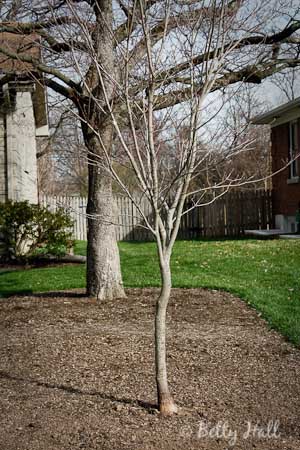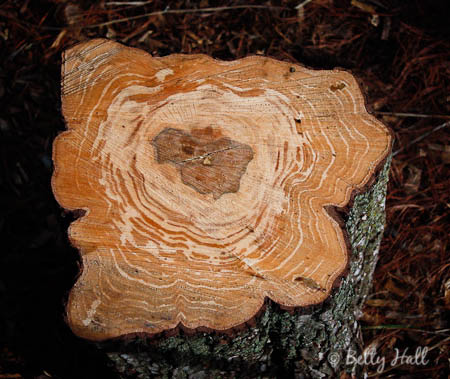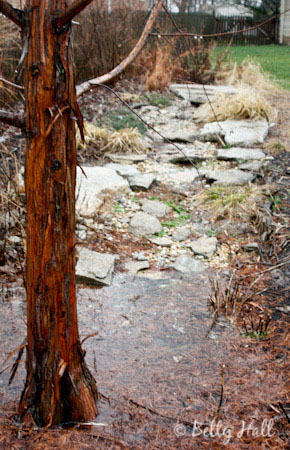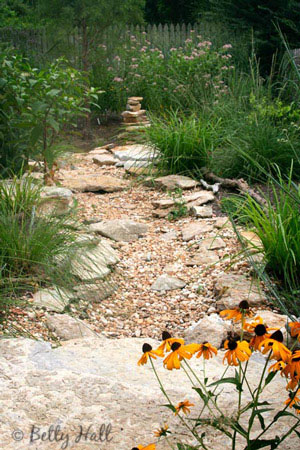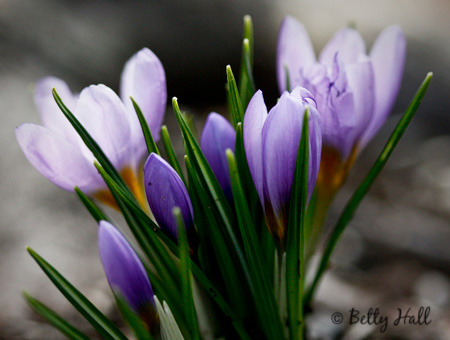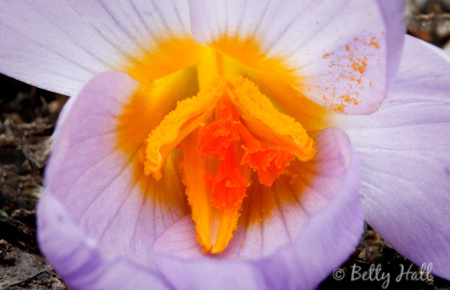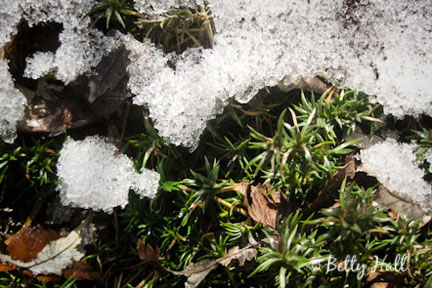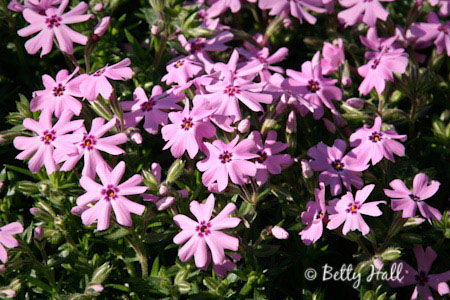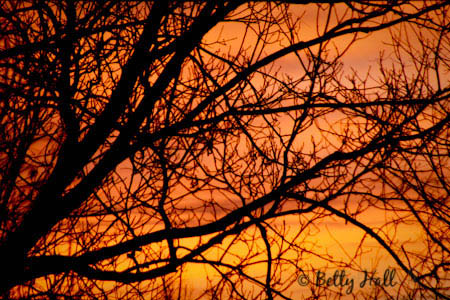I like flowering dogwood trees (Cornus florida). One of my favorite memories is of an Easter Sunday in the Red River Gorge when I coined the phrase “dogwood lace all over the place.”
Previous owners of our home planted two dogwoods in the front yard. We’ve enjoyed the beauty and subtle fragrance of their showy April blossoms, summer foliage and shade, colorful leaves and red berries in autumn, and the branches and checkered bark in winter.
Our trees are 50 years old. Last week we removed one that was dying and replaced it with a young one. Looking toward our backyard you can see the newly planted tree and the older one.
In the wild, dogwoods are seriously threatened by a fungus, dogwood anthracnose. However, according to the Bernheim Arboretum, “the fungus requires high humidity for infection, so trees growing on moist, shady sites are most susceptible… Hearty, well-maintained flowering dogwood trees in sunny areas with good air circulation and proper soil moisture are rarely impacted by anthracnose.” Our location gets plenty of sun so we feel comfortable replanting.
Most of our tree has been cut up for fireplace wood. However, we saved a portion of the trunk for a small outdoor stool. I expect tree experts could extract data from this stump. I’m content to enjoy the beautiful pattern.
In addition to their visual beauty, dogwoods are a host for spring azure butterflies and various moths including the large colorful Polyphemus moth. Birds feed on the caterpillars in summer and quickly devour the red berries in autumn.
I look forward to watching our young tree grow and seeing what visitors it attracts.

